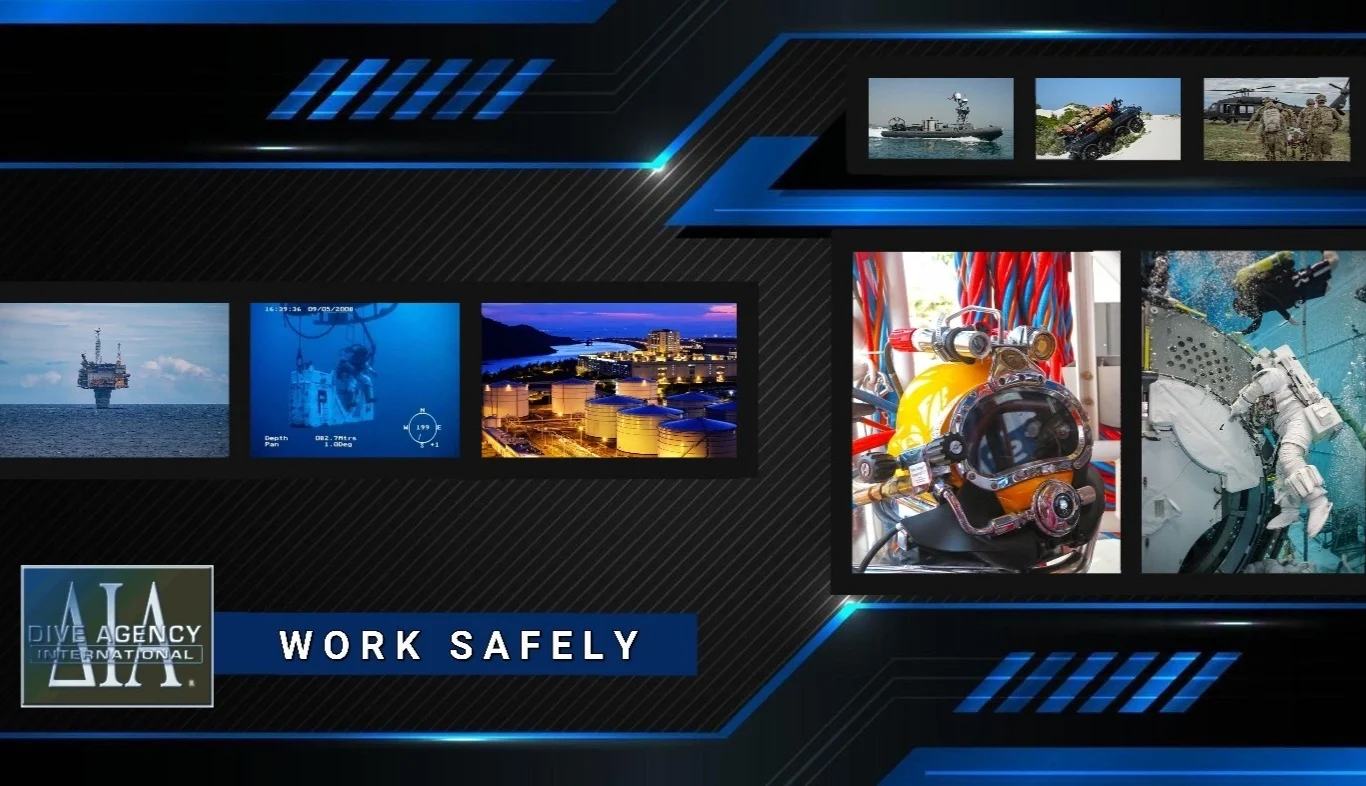Remote Robot Control and Motion Sickness
UROV and USV Unmanned Systems are remotely controlled through the use of an onboard camera and goggles. The paper deals with the “Moving Sickness” through space. Visual movement creates sensory imbalances that can cause dizziness and nausea in the pilot or operator while in a static posture.
UROV and USV pilots and operators aboard vessels are affected by effects of the wave motion. These effects can worsen motion sickness, resulting in reduced work activity and efficiency. Motion Sickness includes several symptoms such as eyestrain, blurred vision, headaches, difficulty focusing, difficulty concentrating.
The publications focus on several types of motion sickness such as space motion sickness, airsickness, virtual reality motion sickness. All these conditions are due to a single problem, a disagreement between the information received from the eyes and the information obtained from the inner ear, differences between what the pilot/operator sees and feels.
The publications were created by the DIA Medical Division in collaboration with DIA Training Partners in 2018
